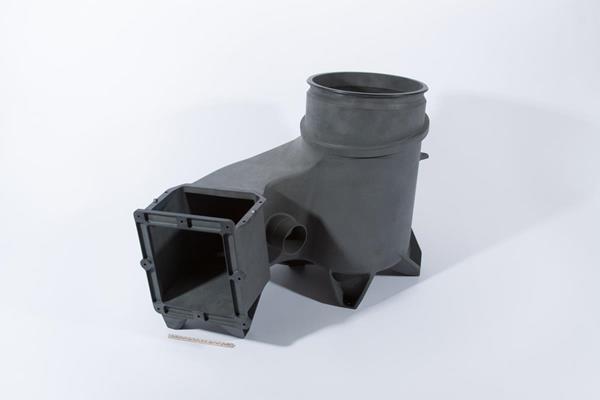
Boeing awards OPM with 3D printing contract for Starliner spacecraft
Staff
Additive Manufacturing Aerospace 3D printing BoeingComponents for the Starliner utilize OPM advanced materials science and high performance additive manufacturing (HPAM) technologies.

(Photo credit: Boeing)
The Connecticut-based company has already begun shipping OXFAB production parts for installation.
The Starliner is designed to transport up to seven passengers, or a mix of crew and cargo, to low-Earth orbit destinations such as the International Space Station and is under development in collaboration with NASA’s Commercial Crew Program.
The OXFAB components for the Starliner utilize OPM advanced materials science and high performance additive manufacturing (HPAM) technologies.

OXFAB Complex Structural Component Additively Manufactured by OPM for the Boeing CST-100 Starliner.
OPM’s Aerospace & Industrial Division has established a set of performance attributes verified in an exhaustive B-Basis database that was developed in conjunction with NASA.
According to a press release, Boeing selected OPM as a result of the company’s demonstrated ability to continually produce highly specified aerospace parts that consistently perform in demanding space environments.
“From our earliest discussions with Boeing, they stressed the need to see significant reductions in weight, cost and lead times in order to consider replacing traditional metallic and composite parts with a new technology for their space program,” said Lawrence Varholak, President of OPM Aerospace & Industrial. “We are proud to be developing and delivering OXFAB technology to the highest standards.”
